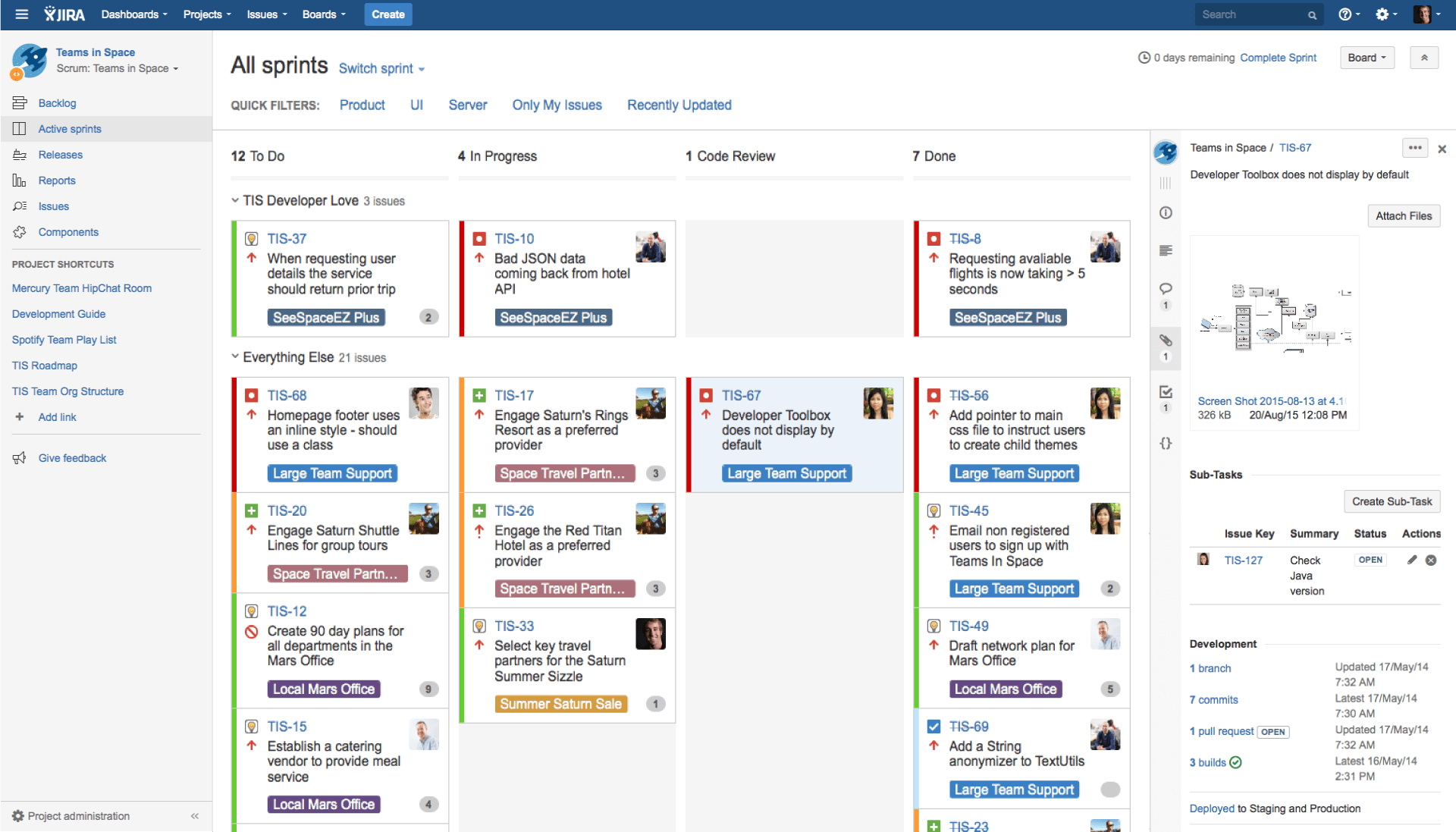In today's rapidly evolving work landscape, organizations are usually increasingly recognizing the particular need to adjust to new ways of working that allow both employees in addition to employers. Agile Working Wells plus flexible workstyles include emerged as vital strategies for unlocking potential, fostering collaboration, and enhancing overall productivity. As all of us navigate this fresh era, it's obvious that embracing these types of models is not just a trend but some sort of fundamental shift in how we tackle work.

From remote groups working seamlessly together for the design associated with agile workspaces that inspire creativity, the particular benefits of versatile working are outstanding. Companies that prioritize agility and versatility are not just better positioned in order to attract and maintain top talent although also to act in response towards the fast-paced changes with their industries. This kind of article aims to provide a comprehensive facts agile working, discovering its key rules, benefits, and issues, while offering practical as well as success testimonies to inspire businesses on their journey toward more flexible work environments.
Understanding Souple and Flexible Functioning
Agile and flexible working will be modern approaches developed to conform to the particular evolving needs involving the workforce along with the challenges of today's fast-paced business environment. Agile working emphasizes the ability to respond quickly to changes, enabling clubs to collaborate effectively while focusing on delivering value. This usually involves iterative techniques, where feedback is definitely continuously gathered to improve workflows and outcomes. Flexibility, alternatively, refers to the particular degree of autonomy employees have in choosing their function hours and spots. Together, these concepts create a a lot more dynamic workplace that will encourages innovation plus responsiveness.
The distinction between agile and adaptable working lies in their very own focus and application. Agile working is primarily about boosting processes, teamwork, and project management methods to foster responsiveness and innovation. Adaptable working encompasses a broader range associated with arrangements, including distant work, varied hrs, and alternative workspaces. While both inspire adaptability, agile functioning is more project-oriented, and flexible functioning is approximately empowering individuals to balance their own professional and private exists more effectively.
Organizations taking on these models can unlock numerous positive aspects, such as elevated employee engagement, efficiency, and retention. Simply by embracing agile and even flexible working, services can create an atmosphere that supports venture and innovation whilst catering to the particular diverse needs regarding their workforce. This kind of shift not simply increases organizational performance although also positions organizations as attractive employers in a reasonably competitive talent market.
Implementing Souple Workstyles
To successfully put into action agile workstyles, agencies must first examine their current workflows and culture. This kind of involves examining current processes, identifying bottlenecks, and determining places where flexibility can be introduced. Engaging workers in this examination can offer valuable insights and foster buy-in, ensuring that everyone understands the benefits of embracing a good agile approach. Creating a shared perspective for agile operating will help arrange teams and set clear expectations for how work may be approached shifting forward.
Next, developing some sort of framework for souple working is essential. This may include establishing cross-functional teams that can adjust quickly to changing priorities, as effectively as encouraging standard communication and cooperation among team members. Training sessions on snello methodologies and equipment can equip employees together with the skills required to thrive in a flexible work place. It is furthermore important to implement technology solutions that support agility, for example project management resources, communication platforms, and even collaborative software, providing teams with the particular resources they need for seamless interaction, regardless of location.
Finally, monitoring and evaluating the effectiveness associated with agile workstyles is definitely crucial for continuous improvement. Organizations need to establish key efficiency indicators to determine productivity, employee fulfillment, and overall achievement of agile projects. Regular feedback streets will allow for adjustments and refinements, ensuring that the particular agile approach fulfills the evolving needs of the employees. By fostering the culture of transparency and flexibility, organizations may not only enhance their current functions but also put together for future troubles in the workforce landscape.
Benefits of Adaptable Benefit Employees and Employers
Flexible working plans offer significant advantages for employees, enhancing their work-life sense of balance and overall pleasure. By allowing staff to customize their own schedules and work environments, organizations allow them to better manage personal obligations, reduce stress, and increase their proposal. This level of autonomy fosters a sense of believe in and empowerment, major to higher spirits and improved work satisfaction.
For employers, adopting flexible work procedures can result inside enhanced productivity in addition to organizational efficiency. Any time employees work inside ways that arrange with their personal preferences and wants, they are more likely to perform at their utmost and produce top quality work. Additionally, Agile Working Gloucester working arrangements can assist attract and maintain top talent, as today’s workforce more and more values employers who else offer adaptability during working hours styles. This may also lead to lower turnover costs, reducing recruitment plus training costs.
Furthermore, adaptable working can bring about positively to some company’s bottom line. By minimizing the require for extensive office space and associated overhead costs, companies can allocate resources better. Enhanced employee well-being and retention ultimately translate to be able to reduced absenteeism in addition to greater overall functionality. As both personnel and employers experience these benefits, the workplace becomes a more dynamic and even resilient environment, equipped to thrive within an ever-evolving surroundings.
